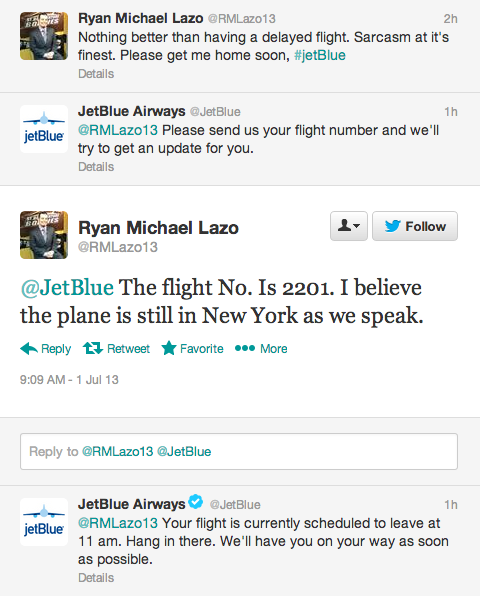“Branded is as branded does.”
The restructured Gump-ian quote "Branded is as Branded Does" perfectly sums up modern day marketing. Gone are the days when brands were chosen, followed, and respected simply for what they said; now a brand must back up its words with action and demonstrate that it is, in fact, what it says it is. And there's no better way to do this than with inbound marketing strategies. Take action. communicate, help, and inspire.Communicate with your potential customers.
In the old days, brands would aim to deliver their messages to the largest number of people. Period. They would utilize as many marketing channels as possible in order to increase their chances of impacting the right people. However, today’s marketers have discovered a much more efficient and effective means of reaching their intended audience: inbound marketing. Nowadays people are looking to interact with businesses in a dialog; they follow companies on social media and frequently comment, like, and share content or participate in contests. This voluntary inbound participation makes them more receptive to the brand’s messaging. Dialog helps to personify brands, making it easier for brands to really connect with their customers. Via an inbound marketing platform such as HubSpot, brands can now implement strategies to leverage this two-way conversation to engage and learn more about consumers.
For example: JetBlue does a great job of using twitter to reinforce its brand promise of being "customer first". They have taken one of the most frustrating parts of air travel and turned it into a vehicle for rapid customer engagement and brand loyalty building.

Help people.
While traditional marketing is aggressive about selling solutions, people have begun to tune it out. Consumers are constantly being bombarded with intrusive sales messages following the old-school methodology: interruptive outbound marketing in the hopes of converting a small percentage of their customers. However, in tandem with tuning out unwanted information, consumers are actively seeking information they actually want. Thus brands are being charged with the task of adding value, educating and helping their customers in order for customers to be "attracted" to their brand. By providing access to buyer/customer relevant educational content offers via an inbound strategy an organization can build both its database and support its brand through demonstration of thought leadership. This help should be provided free of charge (in the exchange for contract information) and it needn’t reference products/services directly. The goal here is to naturally attract people with helpful content to an inbound platform that will capture contacts and ultimately customers. This content should targeted to address the needs and resonate to all phases of the buyer/customer journey - from initial inquiries to qualified leads to customers and ultimately fans of the brand.
For example: We do it! There's nothing like practicing what you preach. Snyder Group offers a variety of educational content absolutely free to anyone that's interested. We belive that by demonstrating our expertise ahead of time we'll be able to attract and convert the right customers. Spoiler alert: It works!
Our marketing eBooks convert 34.5% of views to submissions and are a primary ongoing source of lead generation. Here are a few of our top performers:
Inspire others.
For example: Dove found a way to connect to the pyscology of beauty, which is key to their brand. Their brand isn’t just selling beauty products; it’s also selling piece of mind and a better body image for their consumers. That’s the focus of this seemingly legit focus group that sent a handful of women home with a two-week supply of the new Dove Beauty Patch. YouTube views: 21+ million since April 2014.
Conculsion.
Forrest Gump’s “momma” had it right when she said, “Stupid is as stupid does,” suggesting that people are judged by what they do, not what they say or how they look. The same applies to brands today. Action has become a fundamental part of brand strategy, as companies are required to communicate, help, and inspire in order to build their brands and attract customers and fans. And the whole premise of inbound marketing is to attract.
So now that we’ve confirmed that actions definitely do speak louder than words in modern day marketing, we must consider whether every action is equal. Is there a way to determine whether a brand is maximizing what it does? The short answer: yes.
Tune in next week for a follow-up post on metrics: “Life is Like a Box of Chocolates: Can you measure what you get?” Also, feel free to contact us to see if Inbound Marketing is good for your organization. We'd love to hear from you.




